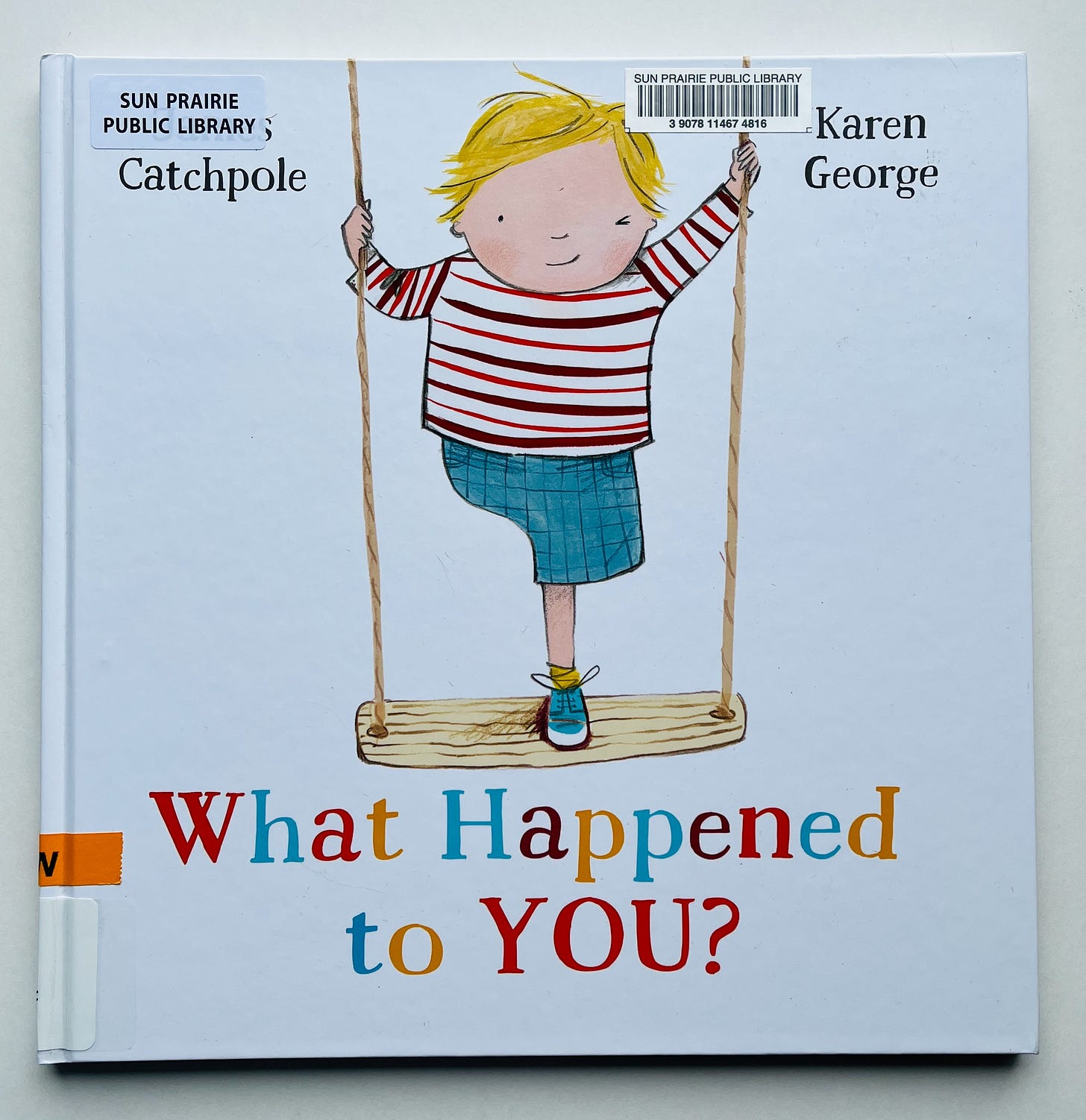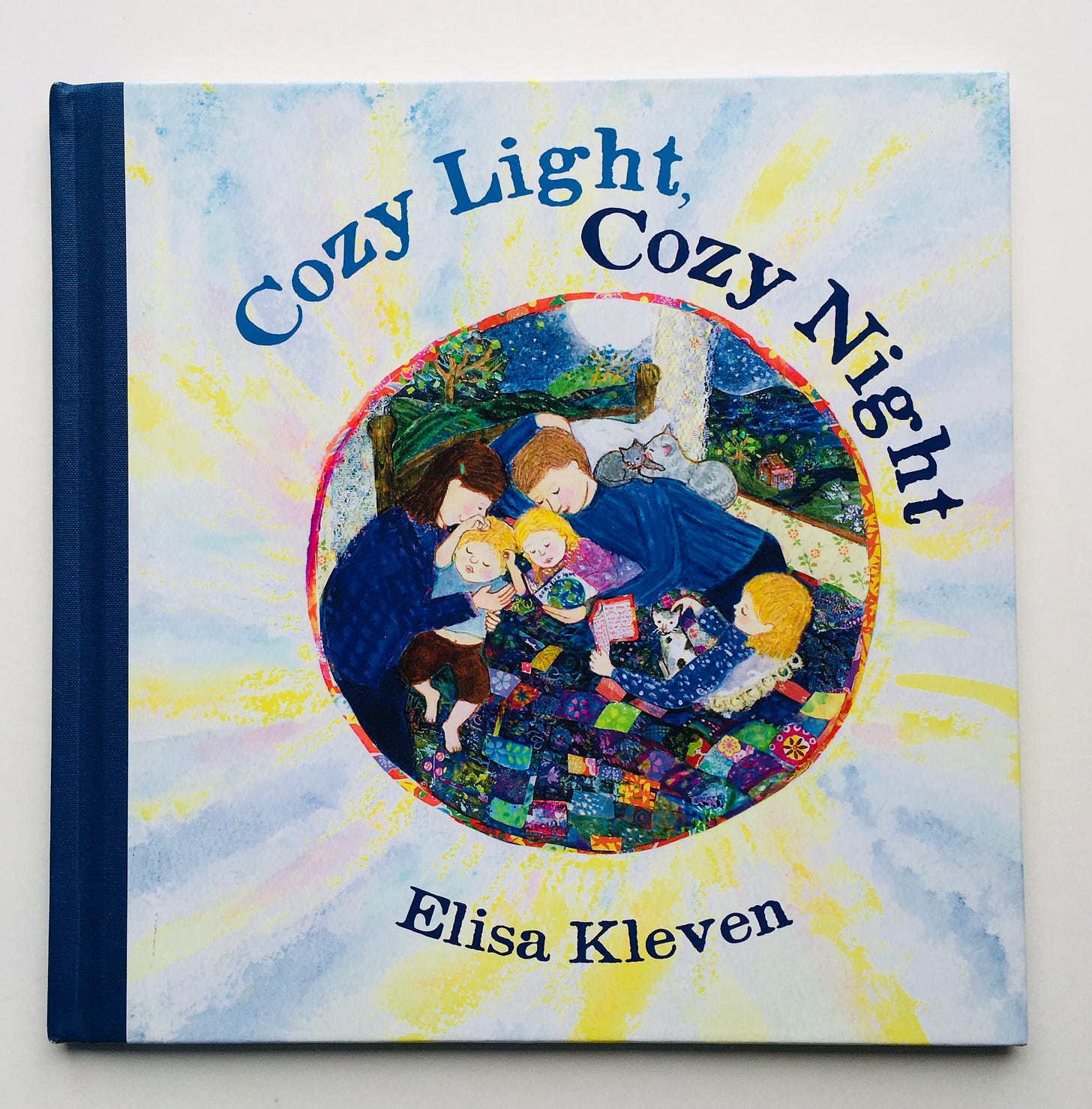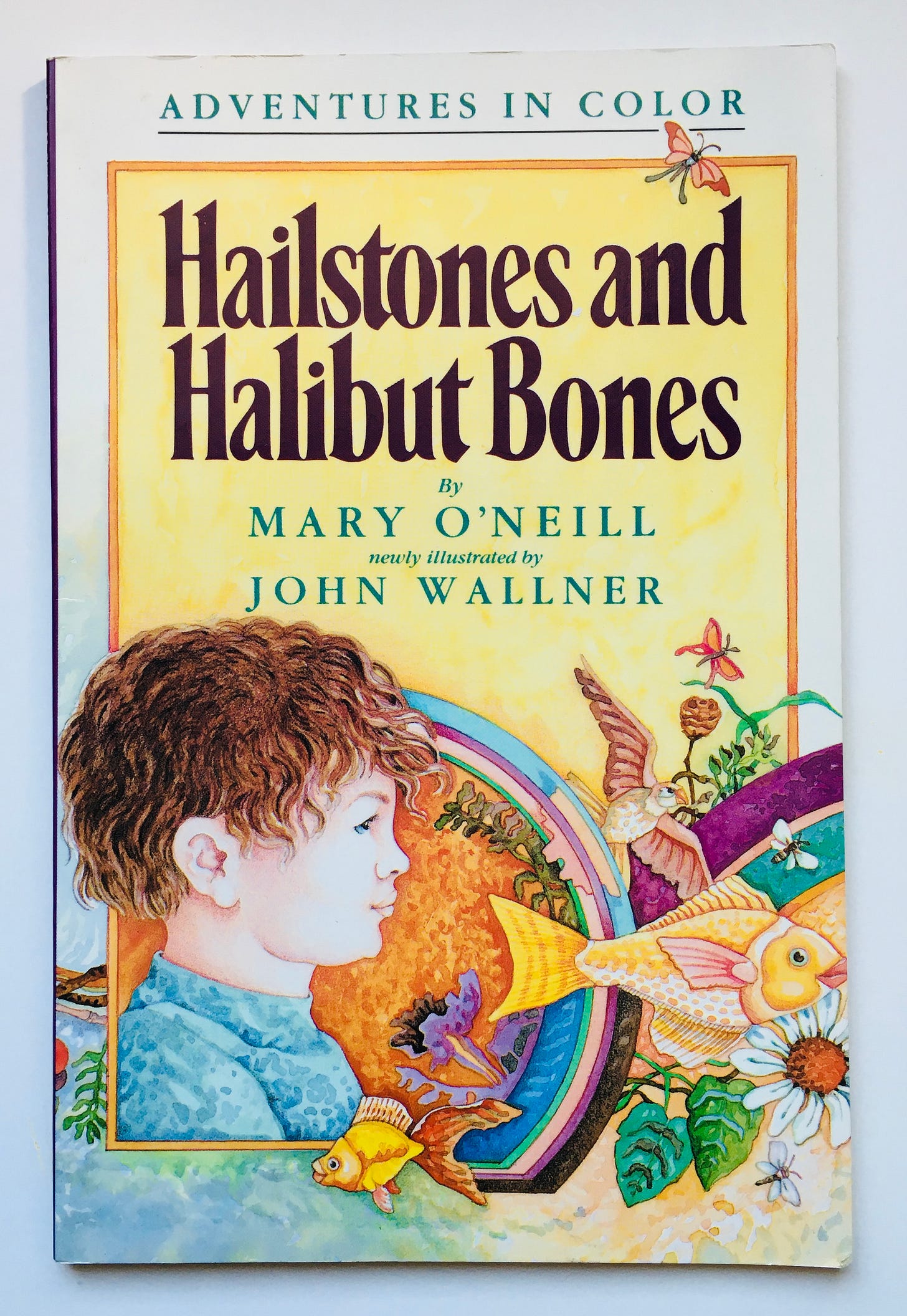Hi there. Welcome to Wednesday. You made it halfway through this week, and you know what? I’m not taking anything for granted right now, even this.
ICYMI and are looking for some fresh books to kick off a new reading season: last week, I published my special edition on summer. There are some great titles there — I hope you find something you and your family enjoy.
And: welcome to all my new subscribers! I’m so glad you’re here. If you’re wondering a little about who the heck I am — and what you can expect to receive from me and when — you can read more here:
Lastly, and I swear we will get to the rest of this newsletter after this: Amber O’Neal Johnston (I am a big fan of all things Heritage Mom) has an excellent list of Juneteenth Books for Kids, if you’re looking for something to read ahead of the new federal holiday in a couple of weeks.
Now let’s jump right into it 🦗 (There is apparently no jumping emoji? How? Here’s a cricket, then.)
What Happened to You? by James Catchpole, illustrated by Karen George (2021)
Crocodiles and sharks are no match for a pirate like Joe — kids Joe hasn’t met yet, on the other hand, are an entirely different story.
Some of them notice, at top volume, “YOU’VE ONLY GOT ONE LEG!”
Yes, and your point is?
Joe fields the question, “What happened to you?” a lot, but it’s not a story he feels like telling — he’s too busy squashing a shark. Still, other children press him: did it fall off? Did a burglar take it? Did it end up in the toilet? Are you hiding it? Was it a lion? Was it a thousand lions?
Joe is — quite understandably — fed up. (George’s bright and active pencil and digital illustration show this to great effect.) But he refuses to explain himself, and eventually, the children simply play together, pirates all around.
Finally, someone asks, “Do you ever get bored of that question, about your leg, that you don’t have?” Joe replies, providing a gentle yet assertive answer not only to his new friends but to the young readers with this book in their hands: “What do you think?”
This is a humorous — and also serious — story that helps children understand what it might feel like to be different, how annoying it is to be asked about it constantly (whatever “it” may be), and how disabled people are not looking to be a teachable moment every minute of the day (if ever). It’s hands-down one of the best books about disability I’ve ever read — it’s so welcome, so necessary, and I’m so glad it exists.
The Bad Mood and the Stick by Lemony Snicket, illustrated by Matthew Forsythe (2017)
“Once there was a stick and a bad mood. The stick was on the ground, and the bad mood was with a girl named Curly.”
Thus begins this incredibly relatable story of how a bad mood gets born — two hours ago, Curly had seen an ice cream store but hadn’t gotten any ice cream — and how it follows us around, and how sometimes we pass it on to other people. The beauty and genius of this book are how this is explained — not just in words, as the reader is told that Curly pokes her brother with a stick, thus giving her bad mood to her mother, but also visually, as the reader sees the bad mood as a colorful-but-angry cloud, rendered humorously by Forsythe in gouache, colored ink, and pencil, that moves from person to person.
This is an invaluable social-emotional lesson for even the littlest of readers, but kindergarteners and elementary-aged kids will recognize this sometimes-unstoppable process (and even though toddlers might not be able to actually synthesize this teaching and use it to change their less-desirable behavior, let’s give them a break — some adults could stand to learn this, as well).
My kids and I always end up laughing at this book — my eldest daughter side-eyes both my youngest and me, as we are more prone to mood swings, crabbiness, and outright bad moods, but don’t we all need this sometimes? To recognize our habits and parts of ourselves that maybe aren’t the greatest, but laugh about them, with the reassurance that we’re lovable and loved anyway? I don’t know any child — or adult — who couldn’t benefit from such a message.
Cozy Light, Cozy Night by Elisa Kleven (2013)
Cozy Light, Cozy Night is one of those books I wish I’d had when my children were super tiny so that we could have spent more years enjoying it than we have already, because Kleven’s calming, simple rhyme and rich, comforting illustrations are so absolutely, totally — you know it — cozy.
Each page or spread depicts loving families romping and rollicking through various activities throughout the year — “Cozy toes in fuzzy boots, cozy pits in purple fruits / Crunchy leaves beneath our feet, a snappy, crackly, cozy beat” in autumn, “Padded jumps and fluffy falls, clumps of powder packed in balls / Cozy, frozen family, dressed in mittens, caps, and shawls” in winter and so on, which turns out to be a sensory smorgasbord of lavish language celebrating the big and small things in which to find pleasure each season.
It’s no secret I’m a considerable fan of Kleven’s work — read my interview with her back in April to hear more — but it’s because she regularly produces books that are not only beautiful to read and to look at, but also bountiful in their praise of everyday things in everyday life: things we do and feel on a regular basis but don’t notice, or not often enough. In this book especially, her call is to the small but undeniably valuable: what do you see in your world that you’re grateful for?
A necessary reminder anytime, if you ask me.
Hailstones and Halibut Bones: Adventures in Color by Mary O’Neill, illustrated by John Wallner (1961)
The subtitle of this book says it all: the “adventures in color” begin with purple and extend through gold, black, brown, blue, gray, white, orange, red, pink, green, and end in yellow, with a poem devoted to each hue, along with its accompanying feelings, which is what makes this collection unique.
Full of lush, poetic imagery from both the natural world and everyday life, these poems paint a picture —through Wallner’s fluid watercolors and O’Neill’s vivid language — of a full world, both seen and felt.
Green is the grass
And the leaves of the trees
Green is the smell of a country breeze.
Green is the lettuce
And sometimes the sea.
When green is a feeling
You pronounce it N.V.
From “What is Green?”
This title is best for elementary students and would make a lovely addition to an art classroom, homeschool artist study, or supplement to the enjoyment of any art. (It’s also a fun one to take outside to read on a picnic blanket on a hot summer day and sparks great conversations about the “colors” of feelings and moods, even activities.)
(If I had to pick a color for reading, it would be green. What about you?)
Thanks for reading!
Sarah









Blue for reading! And I love this, thank you - “ My kids and I always end up laughing at this book — my eldest daughter side-eyes both my youngest and me, as we are more prone to mood swings, crabbiness, and outright bad moods, but don’t we all need this sometimes? To recognize our habits and parts of ourselves that maybe aren’t the greatest, but laugh about them, with the reassurance that we’re lovable and loved anyway? I don’t know any child — or adult — who couldn’t benefit from such a message.”
Great picks and perspective as always! I can’t believe I missed that Lemony Snicket book. His children’s books crack me up. Have you read 13 Words? It’s super weird but I like it 😅